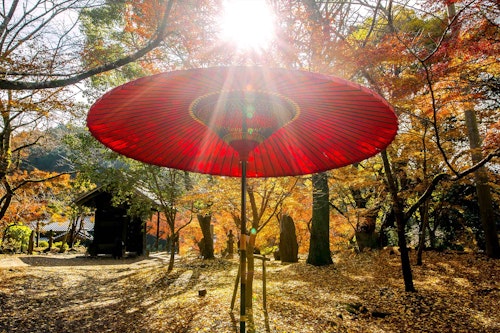
History of Akizuki
Welcome to Akizuki, a historic samurai village. Akizuki is a castle village, set into the mountains about 7 km north of the center of Asakura City, Fukuoka Prefecture. The Akizuki clan ruled the area (1203 to 400 years) for 16 generations from the Kamakura period. The Kuroda clan followed this up until the 1800s during the Edo period. The village’s strategic importance as a samurai stronghold in Fukuoka means that it has played a number of important roles in Japanese history. Today it still hosts many different historic sites; including traditional houses, castle ruins, shrines and temples.
Read more



